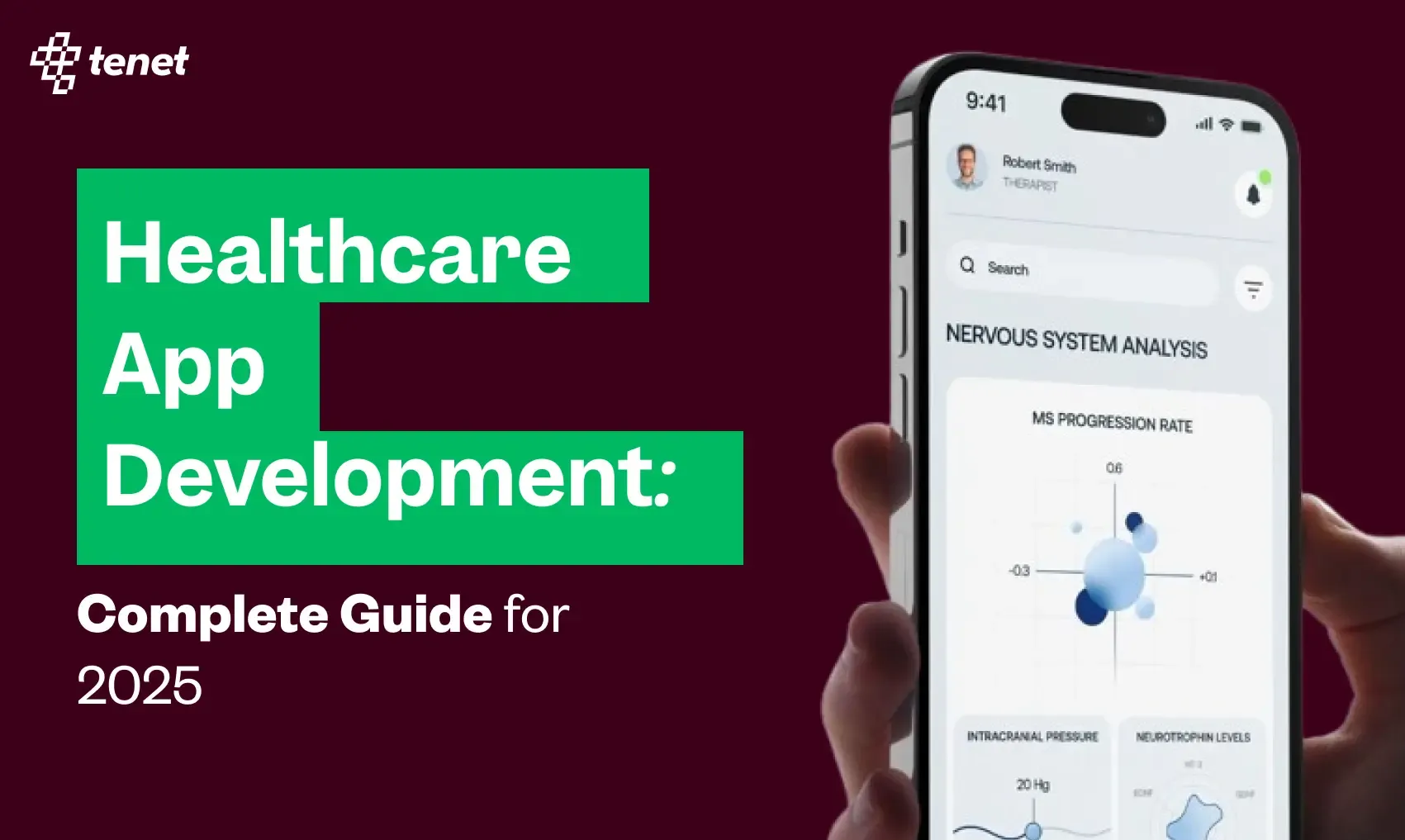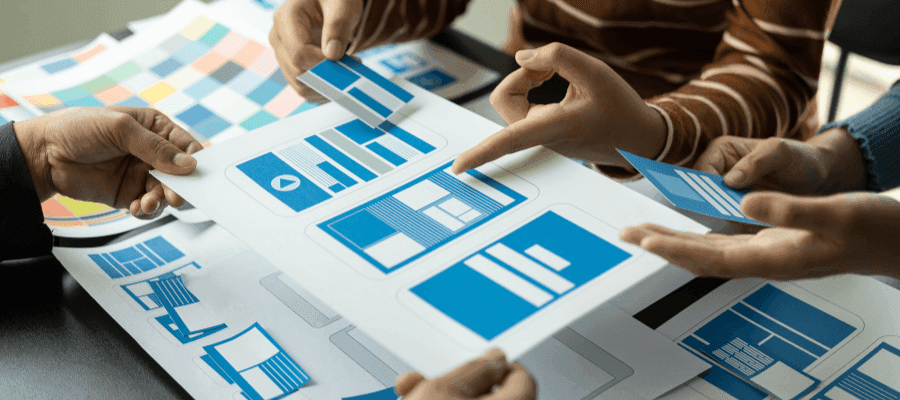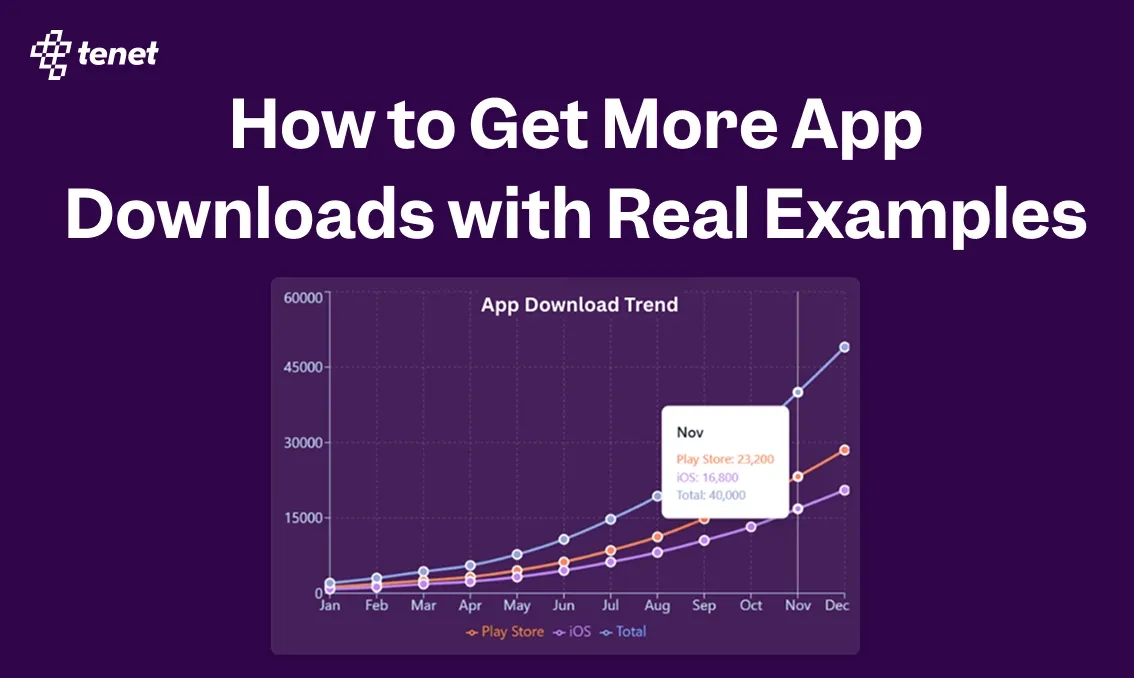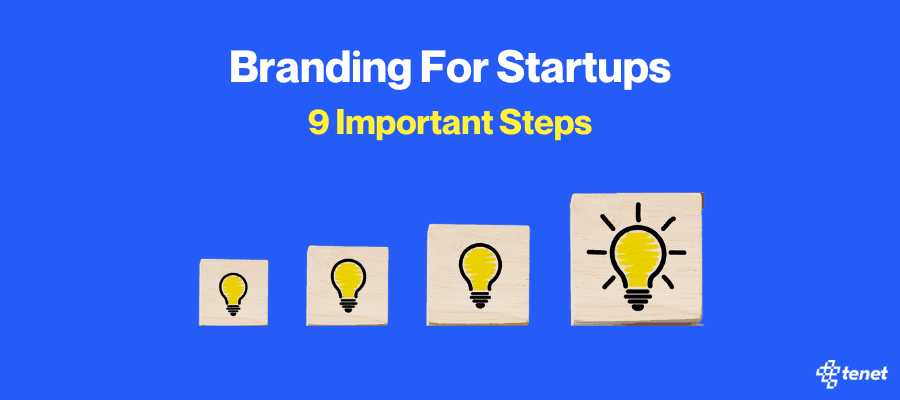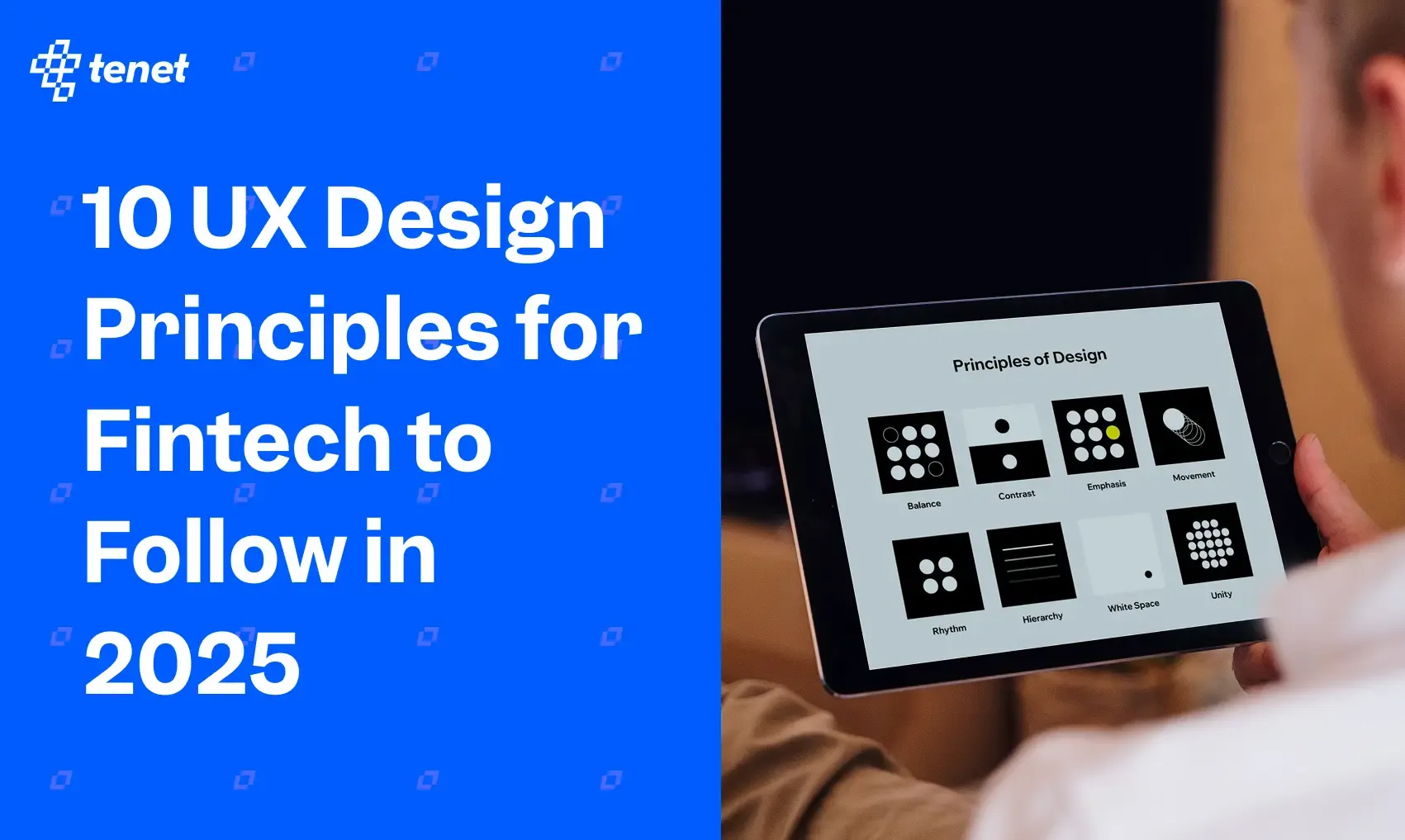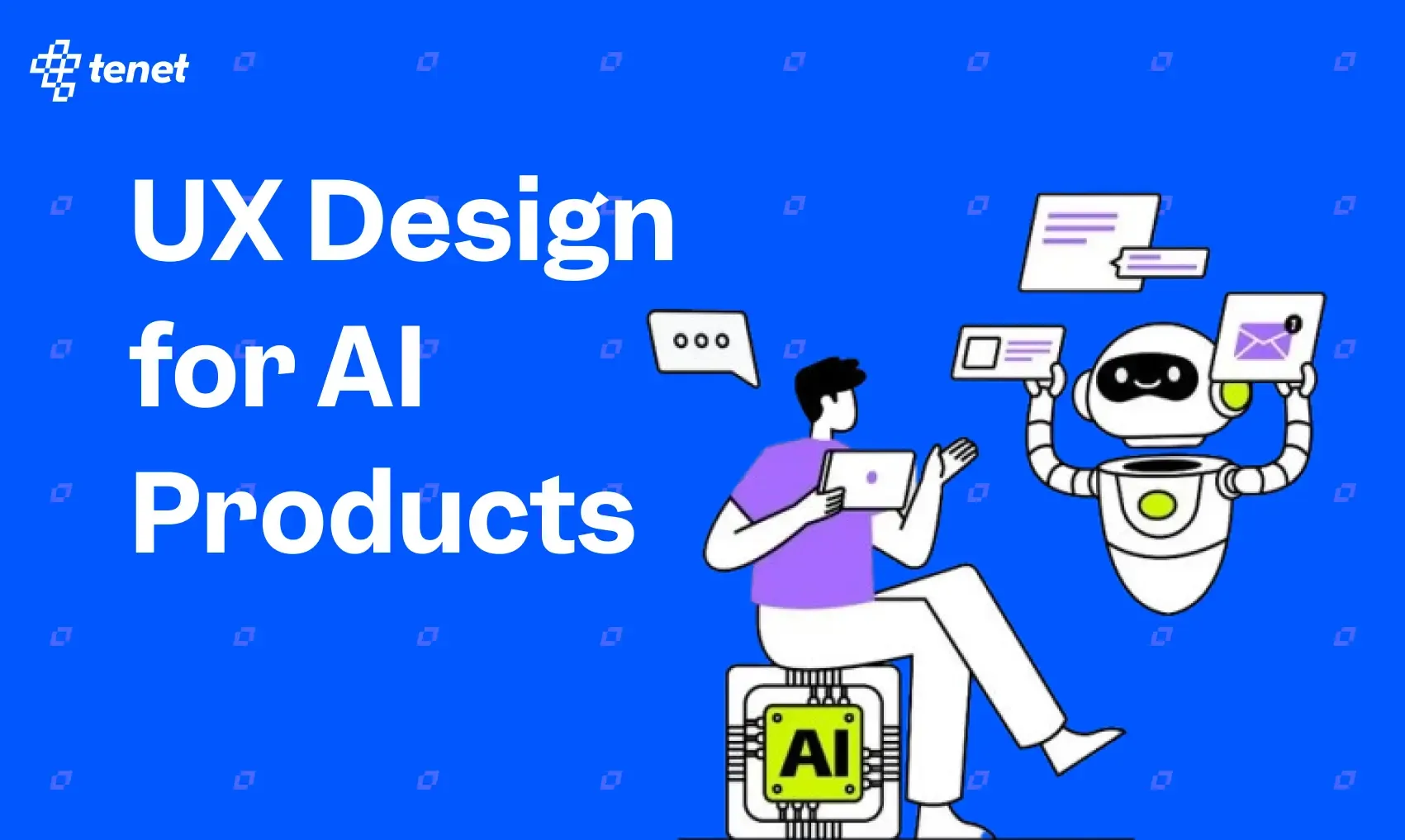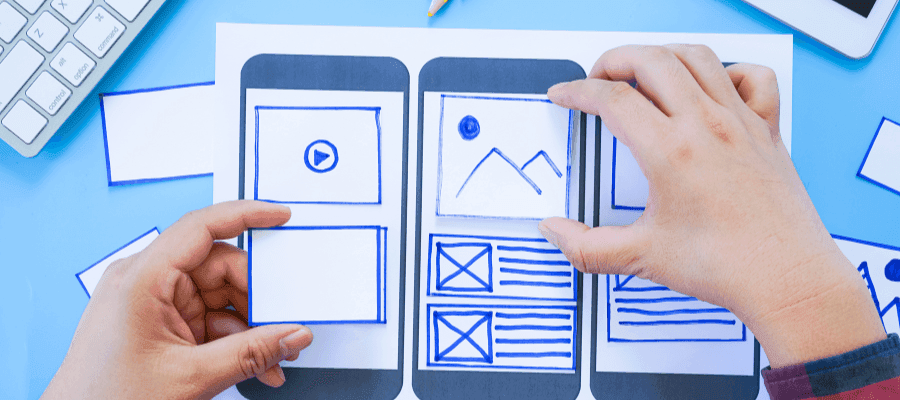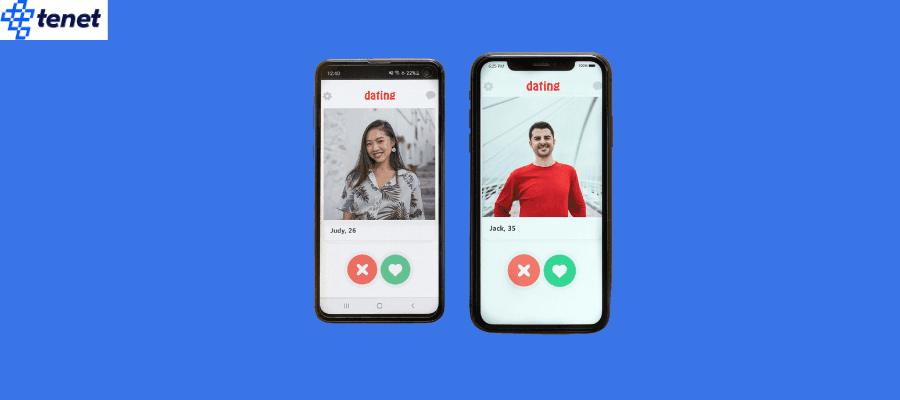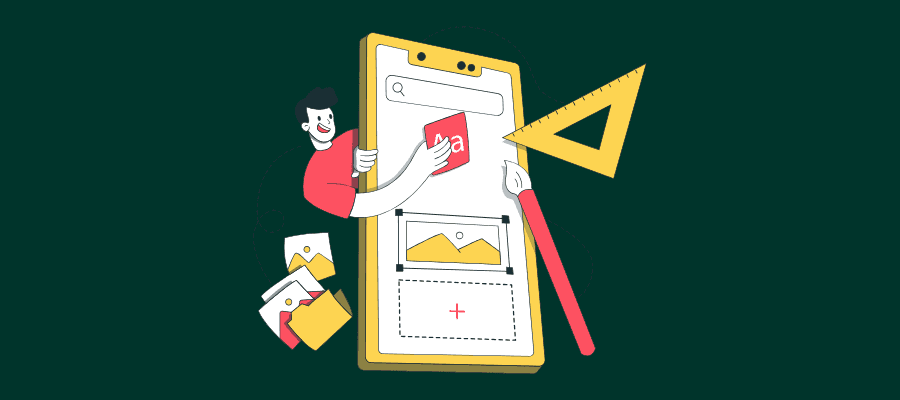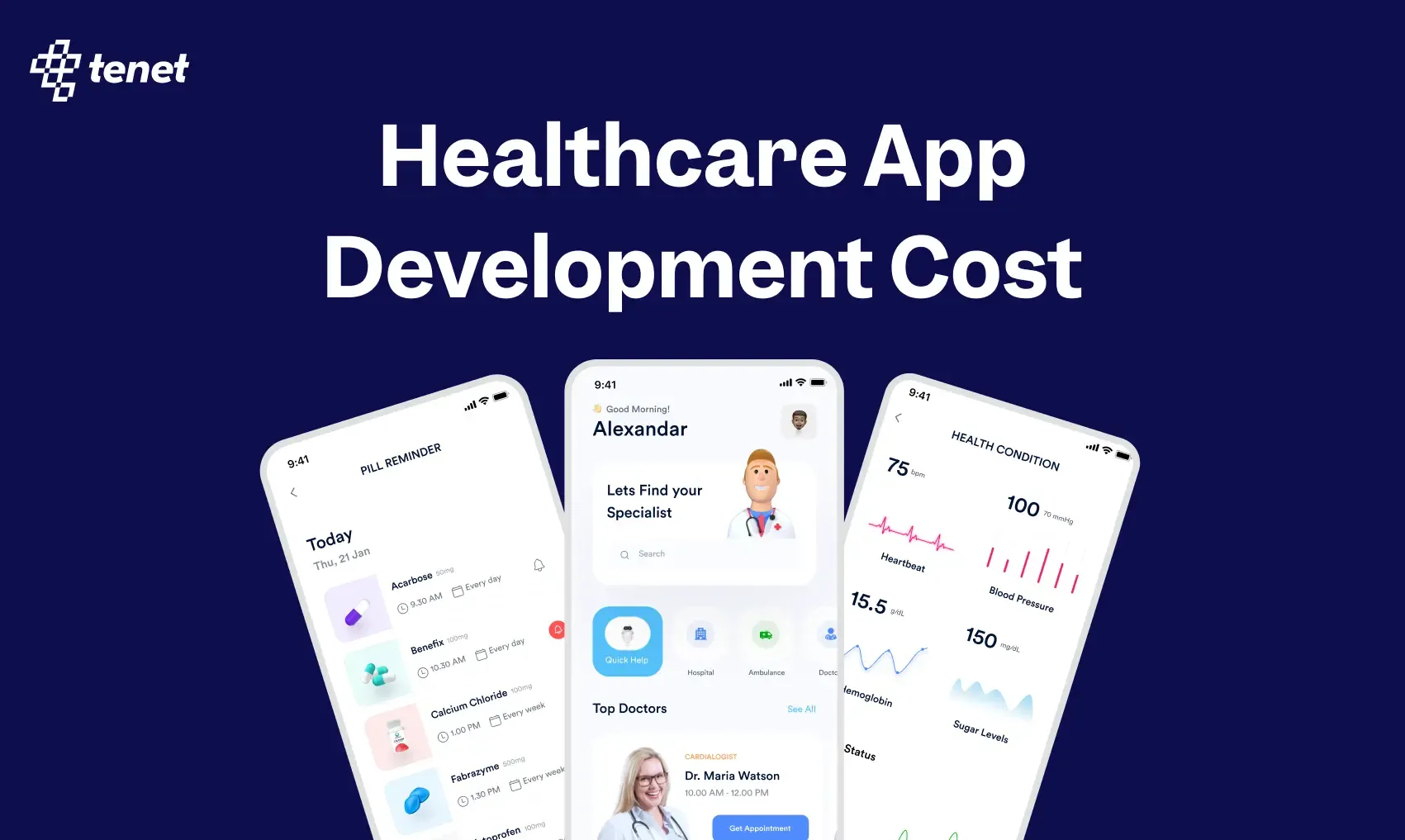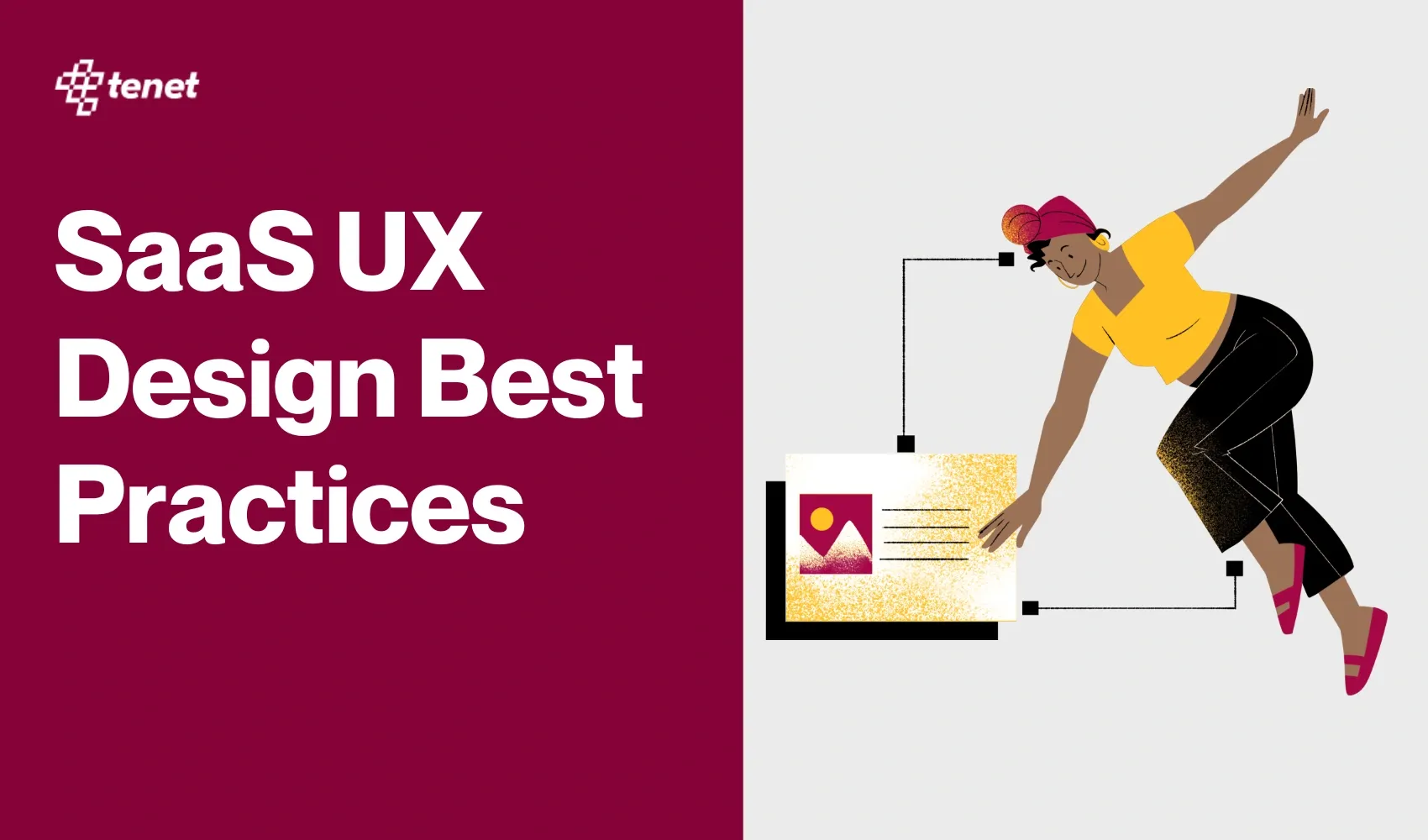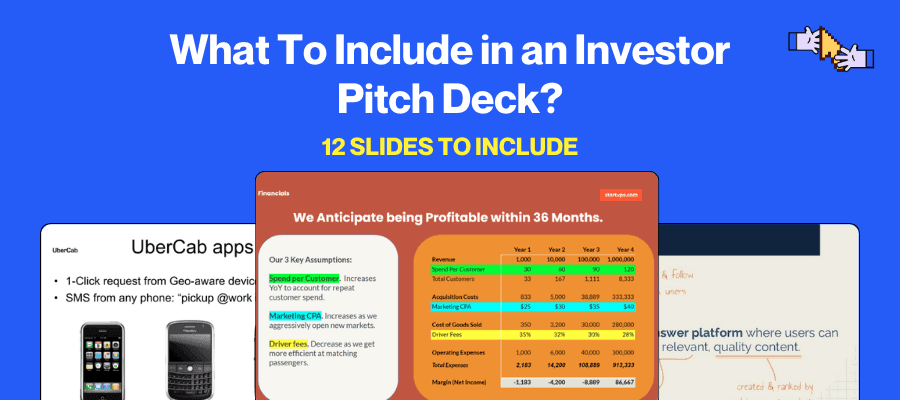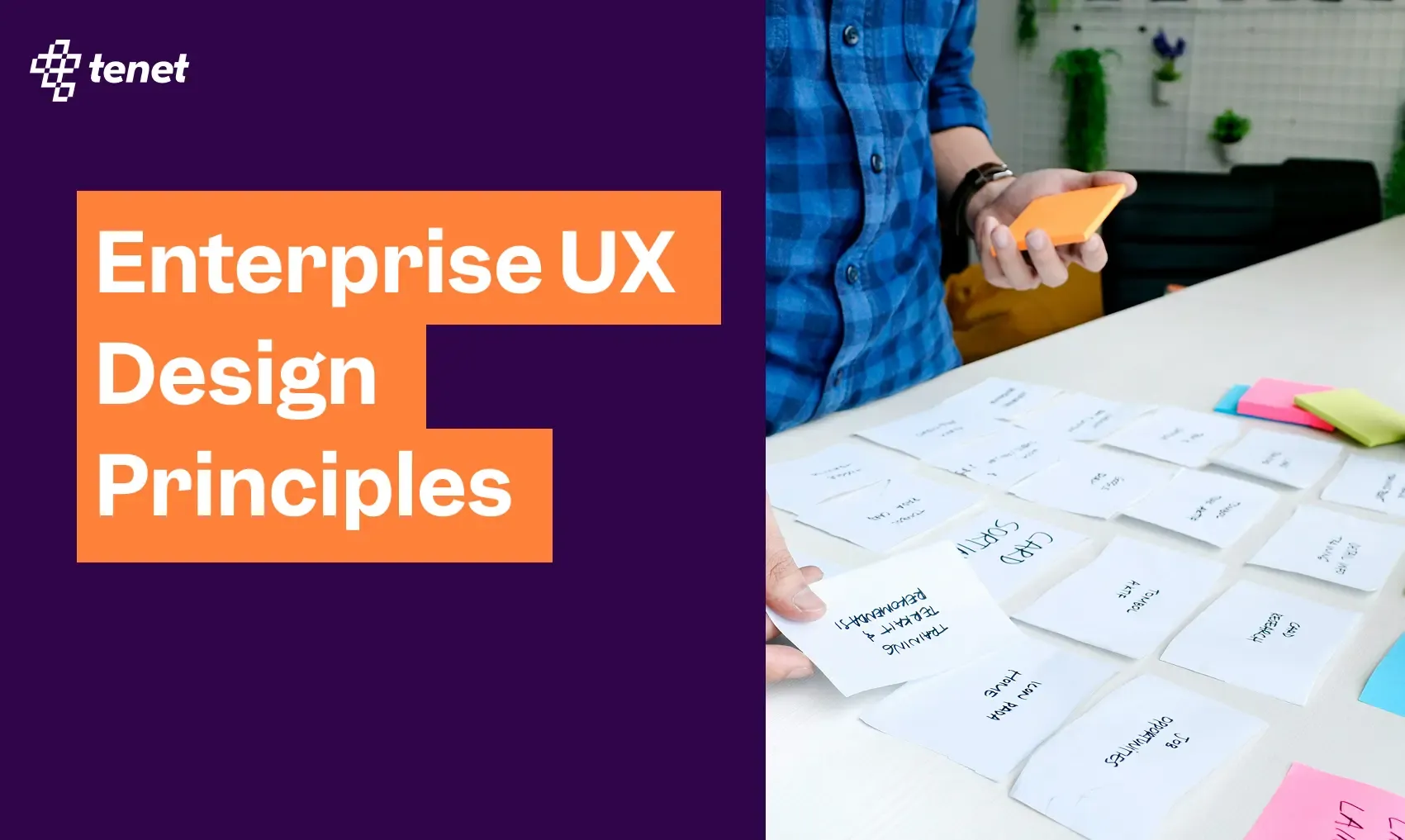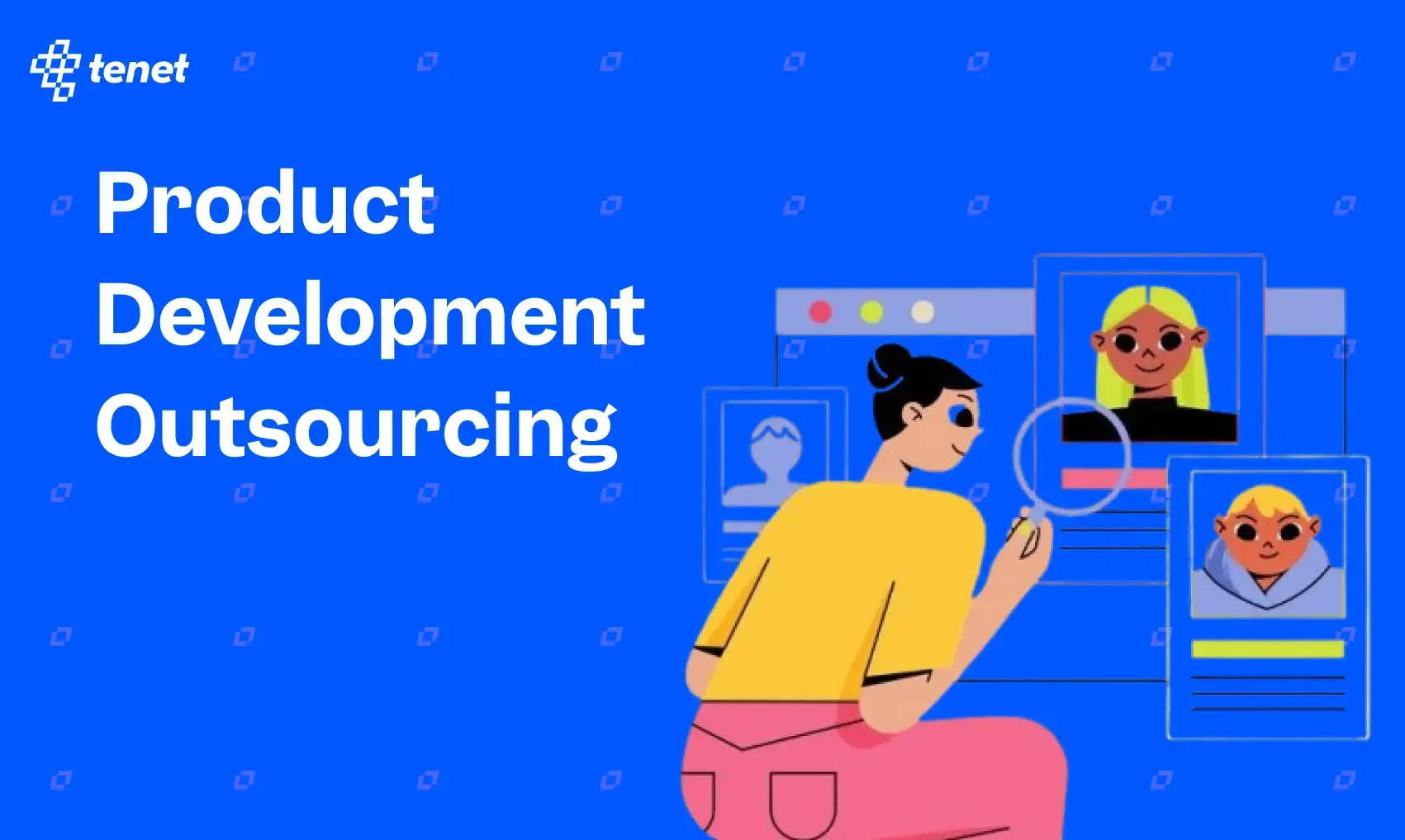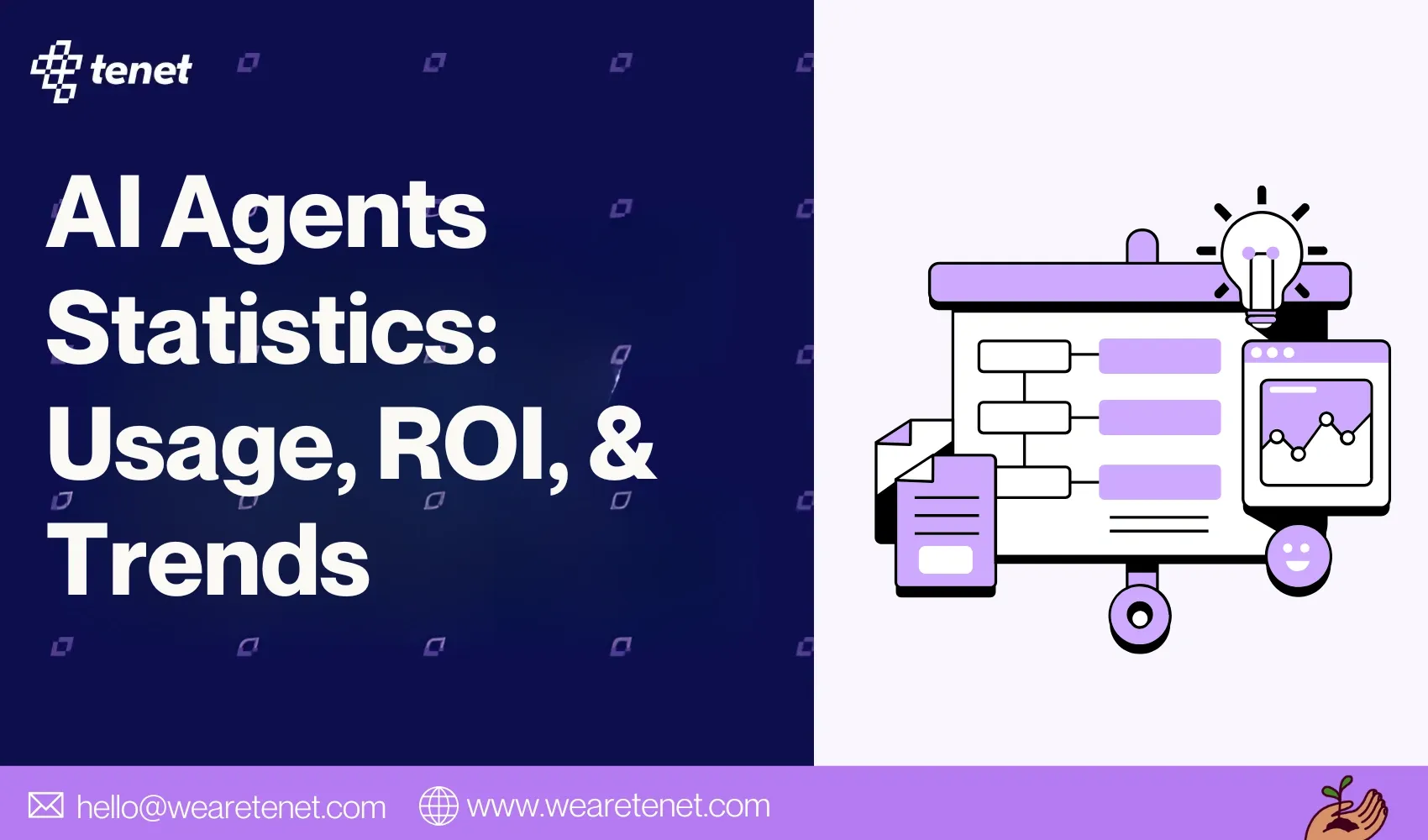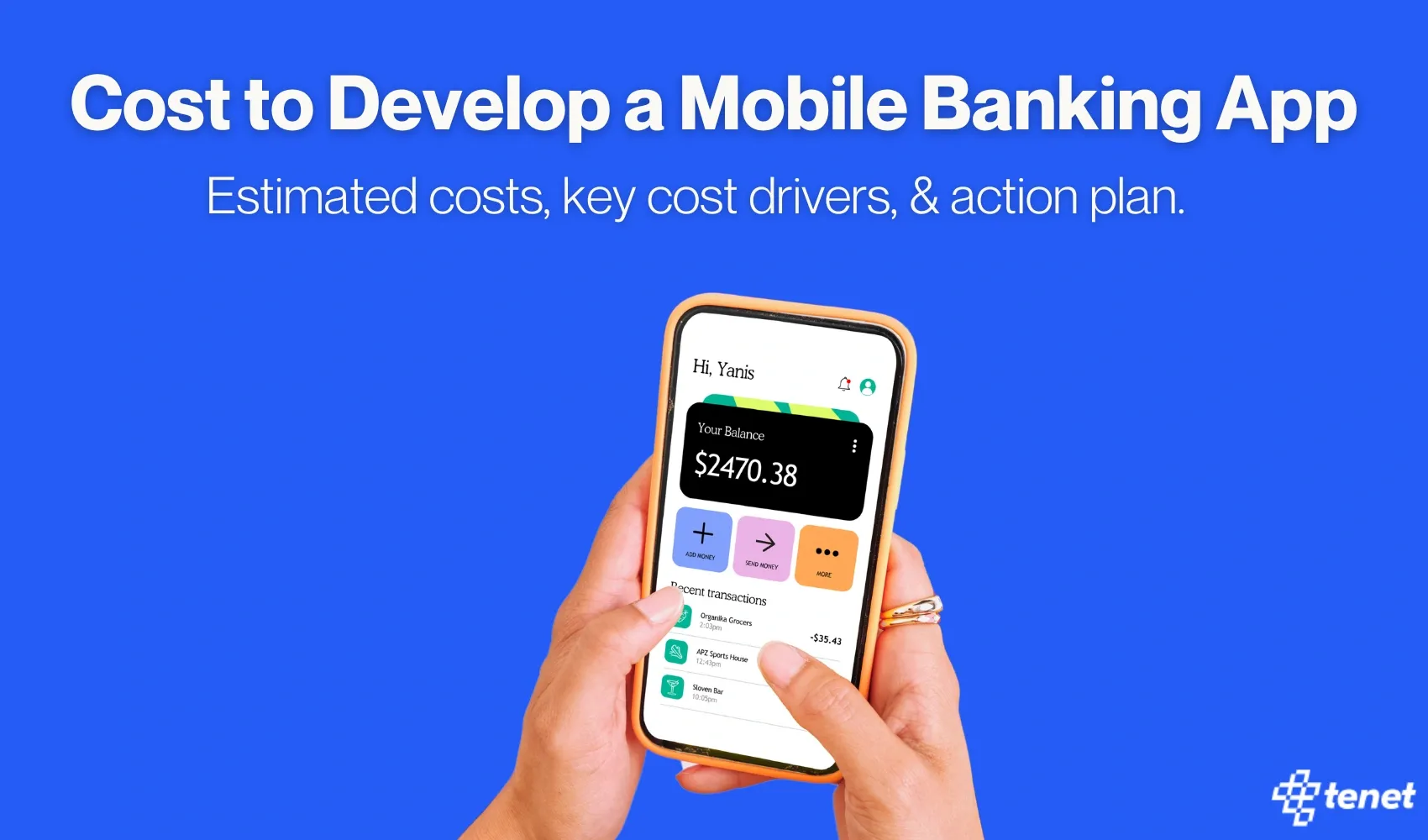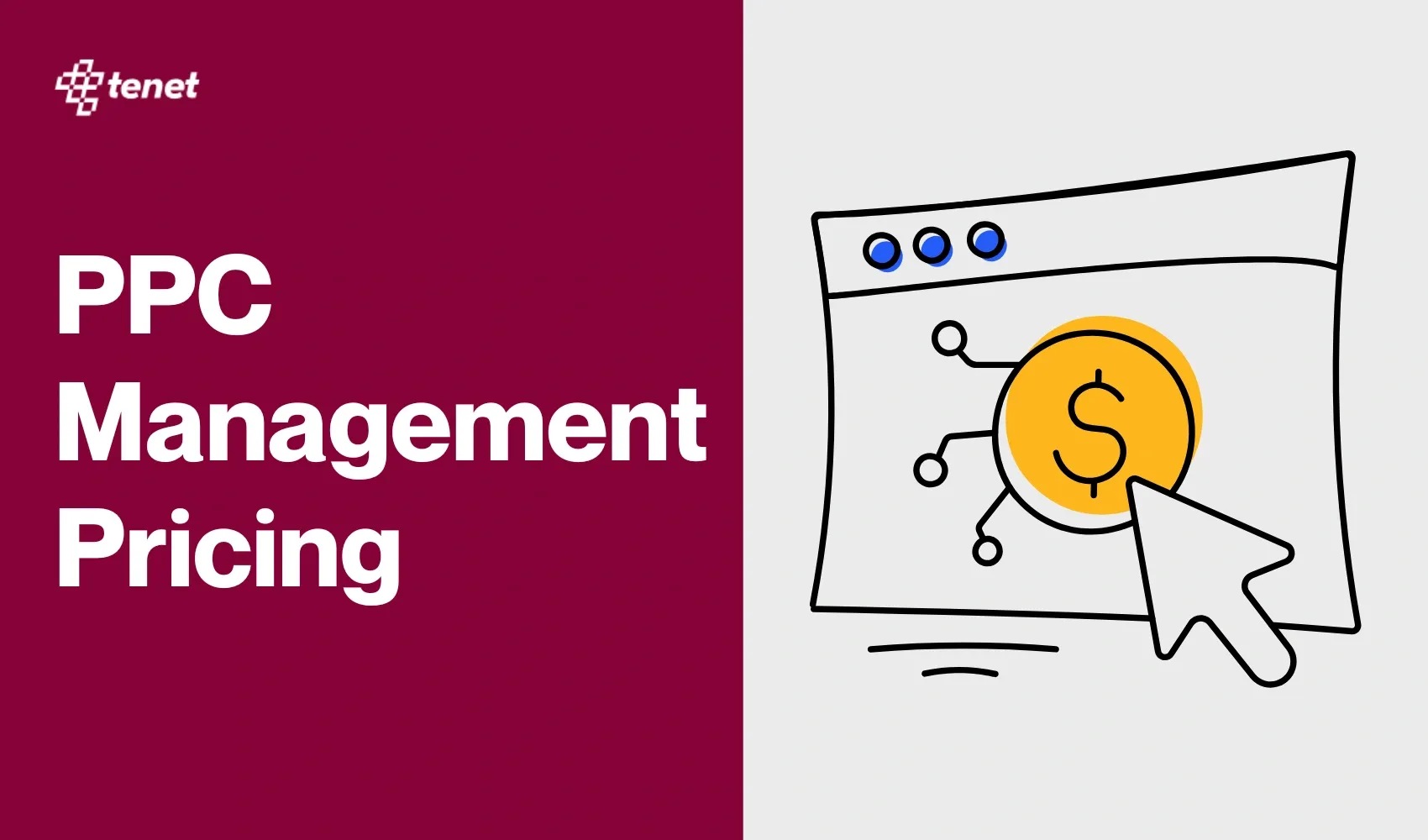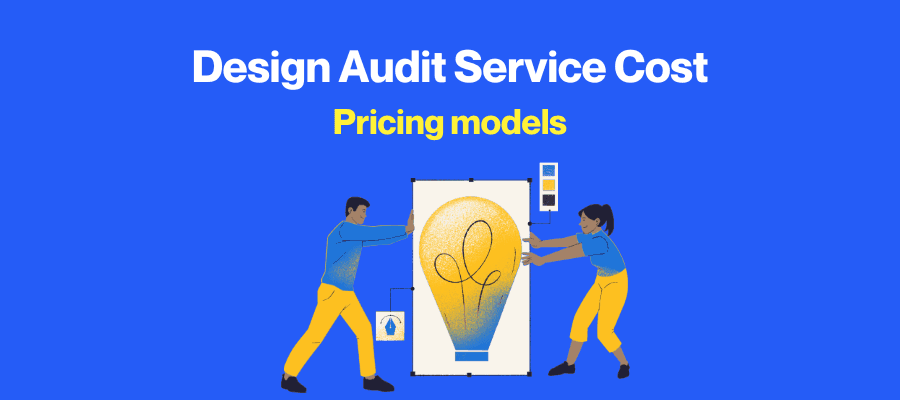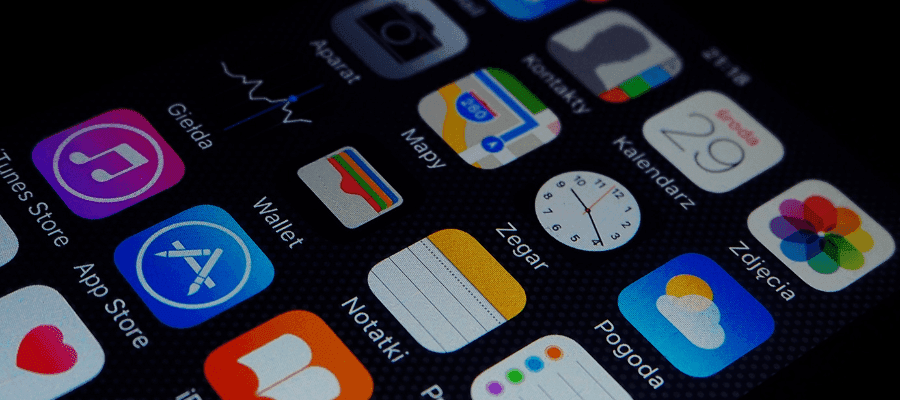How Much Do UI/UX Design Services Cost in 2025?
Share
Share
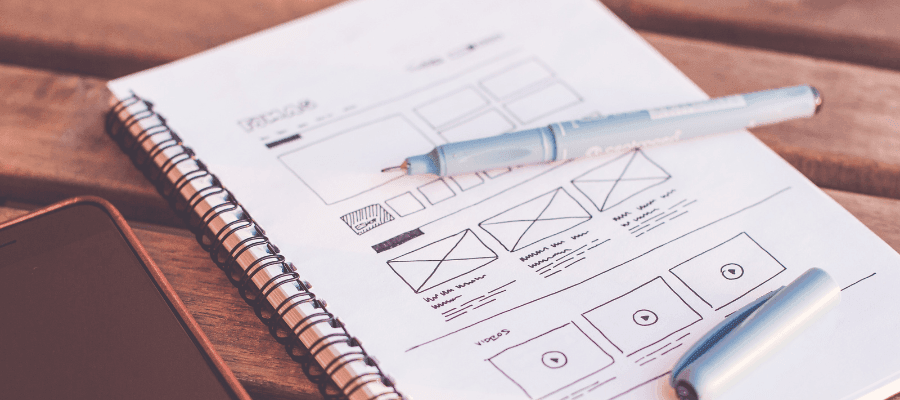
At Tenet, we have worked on 300+ UX design projects, each with its own unique requirements and challenges.
From simple landing pages to complex enterprise platforms, no two projects are the same.
Based on our hands-on experience, we created this guide to give you a clear picture of UI/UX design costs in 2025.
It covers the key factors that influence pricing, typical cost ranges, and what to expect when planning your next design project.
How much does a UI/UX design project cost in 2025?
A UI/UX design project in 2025 typically costs between $1,500 and $150,000. However, the final amount depends on factors like project complexity, scope of work (research, wireframes, prototyping, testing), team expertise, platform compatibility (web, mobile, multiple), level of customisation (animations, branding), accessibility/compliance needs, and the number of design revisions.
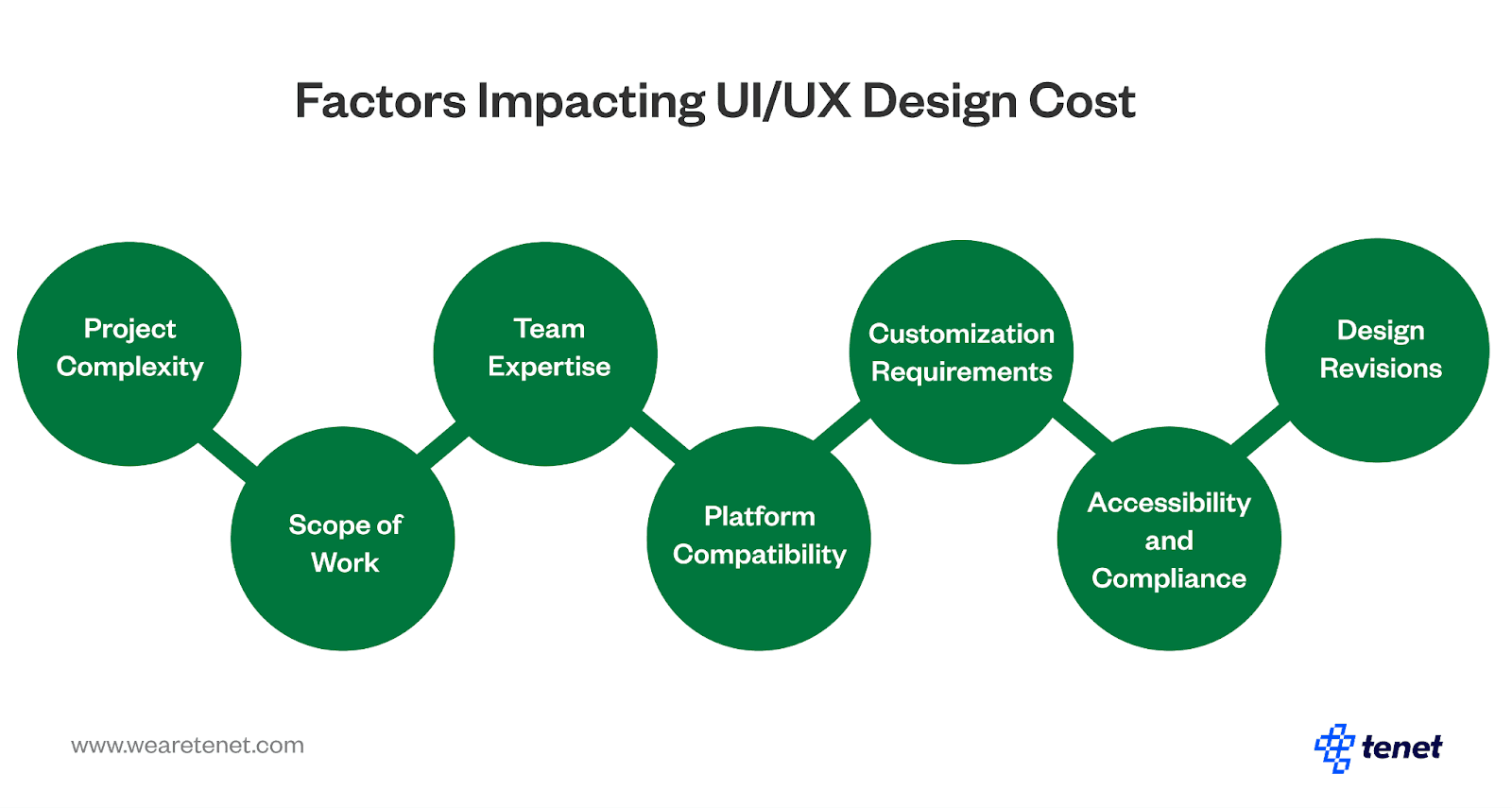
💡 NOTE: At Tenet, we help companies with UI/UX research and design from scratch. If you’re looking for the right agency to collaborate with, check out our recent work and projects here.
Contact our experts and get a free quotation for your project.
What Does a UI/UX Designing Company Do?
Here are the key work responsibilities of a UI UX design company:
1. User Research and Analysis
UI/UX plays a vital role in user research and analysis by helping businesses understand user needs, behaviours, and pain points.
Through methods like surveys, interviews, and usability testing, designers gather insights to create user personas and journey maps, ensuring the product addresses specific needs.
Behavioural analysis tools like session tracking, heatmaps, and data analytics further refine user interactions, identifying areas for improvement.
By uncovering usability issues early, UI/UX-driven research optimises designs, enhances user satisfaction, and reduces costly revisions, ultimately delivering user-centric and effective products.
2. Wireframing and Prototyping
UI/UX designers approach wireframing and prototyping methodically to create effective design solutions. The process begins with wireframing, where designers craft low-fidelity layouts using tools like Figma, Adobe XD, or Sketch.
These wireframes focus on structure, navigation, and content placement without including detailed design elements. Designers work closely with stakeholders to ensure the wireframe aligns with business goals and user needs, iterating based on feedback to finalise the foundational structure.
For example, a wireframe for an e-commerce app might outline where the search bar, product listings, and checkout button will be placed.
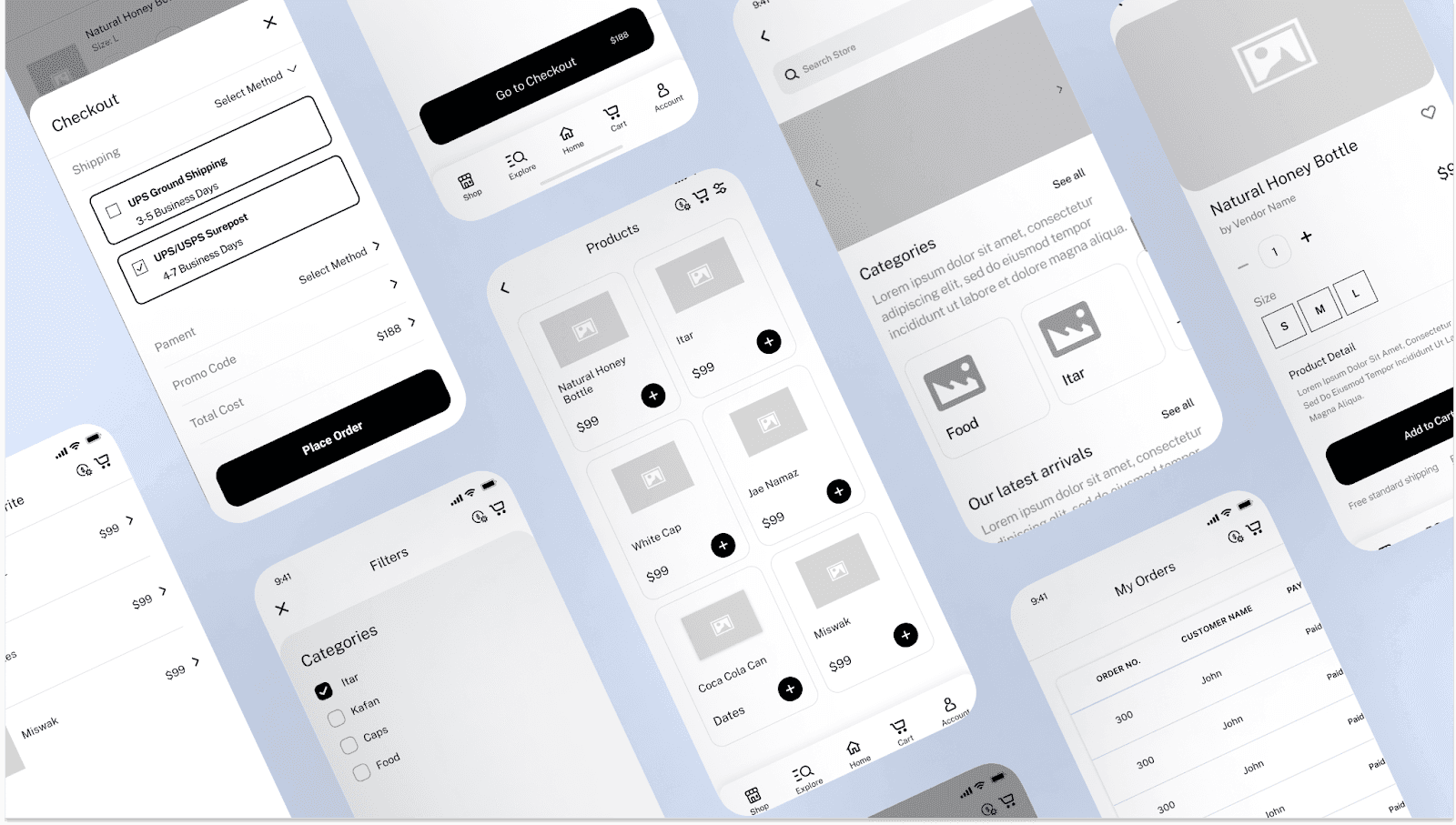
Once the wireframe is approved, designers transition to prototyping, creating interactive, high-fidelity models of the product. This phase involves adding visual elements like colours, typography, and animations while making the prototype functional.
Tools like Figma have prototyping features that simulate user interactions, such as button clicks, page transitions, or navigation flows. Prototypes are then tested with users to evaluate usability, functionality, and overall experience.
For instance, a prototype of a mobile app may allow users to simulate browsing products and completing a purchase to identify pain points.
3. UI Design
A UI design company helps create visually appealing and user-friendly interfaces by conducting research, crafting engaging visual designs, and building interactive prototypes.
They focus on ensuring a consistent design language through wireframing, style guides, and usability testing.
By analysing user needs and behaviour, they design intuitive layouts, smooth interactions, and responsive elements to enhance the overall user experience.
The goal is to deliver a seamless, attractive interface that aligns with both user expectations and business objectives, ultimately making the product more engaging and functional.
4. UX Design
UX design focuses on creating an intuitive and enjoyable experience for users by addressing their needs and pain points.
The process involves user research to understand behaviours, information architecture to organise content effectively, and wireframing/prototyping to visualise and test the design.
Interaction design ensures smooth, efficient user interactions, while usability testing allows designers to gather feedback and refine the product.
What are the Factors That Affect the UI/UX Design Costs?
Not sure why the UI UX design cost varies a lot? Well, here are the key factors that affect the pricing of UI/UX design projects:
1. Complexity of Project
The UI/UX can cost between $1,500 and $100,000+, depending on the complexity of the project. Project complexity refers to the detailing of the design, which includes the number of screens, type of features, user interactions, and overall functionality required.
More complex projects often involve multiple user flows, extensive visual elements, and advanced functionalities, leading to increased costs due to the additional time and expertise needed.
So, project complexity significantly influences UI/UX design costs, primarily due to the varying levels of effort, time, and resources required for different types of projects.
Here’s a table showcasing the cost based on the complexity of the project:
2. Scope of Work
Due to the scope of work, the cost of UI/UX can vary from $5,000 - $10,000. The scope of work plays a significant role in determining the cost of UI/UX design. It defines the overall effort required to complete a project, encompassing everything from initial research to the final implementation of the design.
A broader and more detailed scope typically results in higher costs due to the increased time, resources, and expertise involved. Here’s how the scope of work affects UI/UX design costs:
3. Design Revisions
Design revisions significantly influence UI/UX design costs. The more iterations or changes a design undergoes, the more time and effort the design team must invest, which ultimately increases the project's cost. Here's a breakdown of how design revisions affect costs:
4. Team Expertise
The expertise of the design team has a direct impact on UI/UX design costs. A team’s skill level, experience, and specialisation influence the quality of work, the project timeline, and the rates charged. Here’s a detailed breakdown:
The cost of hiring the UI/UX designer across the globe based on the country are as follows:
5. Platform Compatibility
Platform compatibility significantly influences UI/UX design costs, as designing for multiple platforms requires additional effort, expertise, and testing.
Here's a detailed breakdown:
6. Level of Customisation
Customisation requirements play a significant role in UI/UX design costs because the more unique and tailored the design needs are, the more time, expertise, and resources it will require.
Here's a detailed breakdown:
7. Accessibility and Compliance
Accessibility and compliance significantly impact UI/UX design costs because ensuring designs meet specific standards and regulations requires additional effort, expertise, and testing.
Here's a detailed breakdown:
UI/UX Designing Cost and Pricing Models
Before hiring a developer or an agency for your SaaS Product Development, you must know about the ongoing UI/UX design pricing models:
Project-Based (Fixed) Pricing: How Much Do One-Off Initiatives Cost?
How it Works: In this model, the cost is determined upfront based on the project's expectations, timeline, and deliverables.
Best for: Projects with well-defined requirements and a fixed scope of work.
Pros
- Focuses on project outcomes rather than processes or hours worked.
- Provides clients with a clear upfront cost, making budgeting easier and avoiding unexpected expenses.
- Allows the provider more autonomy to focus on results without frequent client oversight.
Cons
- Any changes in the scope may require re-negotiation, potentially causing delays and conflicts.
- Providers might cut corners to stay within budget, potentially affecting quality.
Typical Cost: $10,000 to $100,000+
Hourly Pricing: What Rates do Freelancers Charge for UI/UX Designing
How it Works: Clients pay for the actual hours worked by the freelancer or agency, with rates determined at the start. Total costs depend on multiplying the hours worked by the hourly rate.
Best for: Small, ongoing tasks or projects with evolving requirements.
Pros
- Easy to understand and implement.
- Offers flexibility to adapt project scope mid-way.
- Provides transparency, as clients can monitor where their money is being spent.
Cons
- Hard to estimate the total cost as it depends on the hours worked, potentially leading to budget overruns.
- Extended projects may face cost increases due to unforeseen tasks or obstacles.
Typical Cost: $25 to $150 per hour
Value-Based Pricing: What Rates do UI/UX Design Companies Charge
How it Works: Pricing is based on the value your product delivers to the client’s business. The greater the perceived value or return on investment (ROI), the higher the pricing.
Best for: Ideal for complex projects that provide significant client benefits and ROI-driven outcomes.
Pros
- Clients are often willing to pay more when they recognise the tangible impact of the service, fostering stronger satisfaction and trust.
- Pricing is aligned with the perceived value of the solution, ensuring clients feel they are paying for results rather than just effort.
- Differentiates services by highlighting outcomes and tailoring client benefits instead of focusing on resources or hours.
Cons
- Estimating the precise value of a service for the client can be challenging and subjective, potentially leading to disagreements.
- Significant time and effort may be needed initially to understand the client’s business, goals, and how they perceive the value of the solution.
Typical Cost: $25,000 – $150,000+
👉 Explore related UI/UX glossary definitions:
Hire Tenet for UI/UX Design Services
At Tenet, we are leaders in UI/UX design, committed to crafting innovative, user-centered designs that drive results.
With a proven track record of 98% customer satisfaction and over 450 successful projects, we have designed impactful user experiences that have reached over 20 million people.
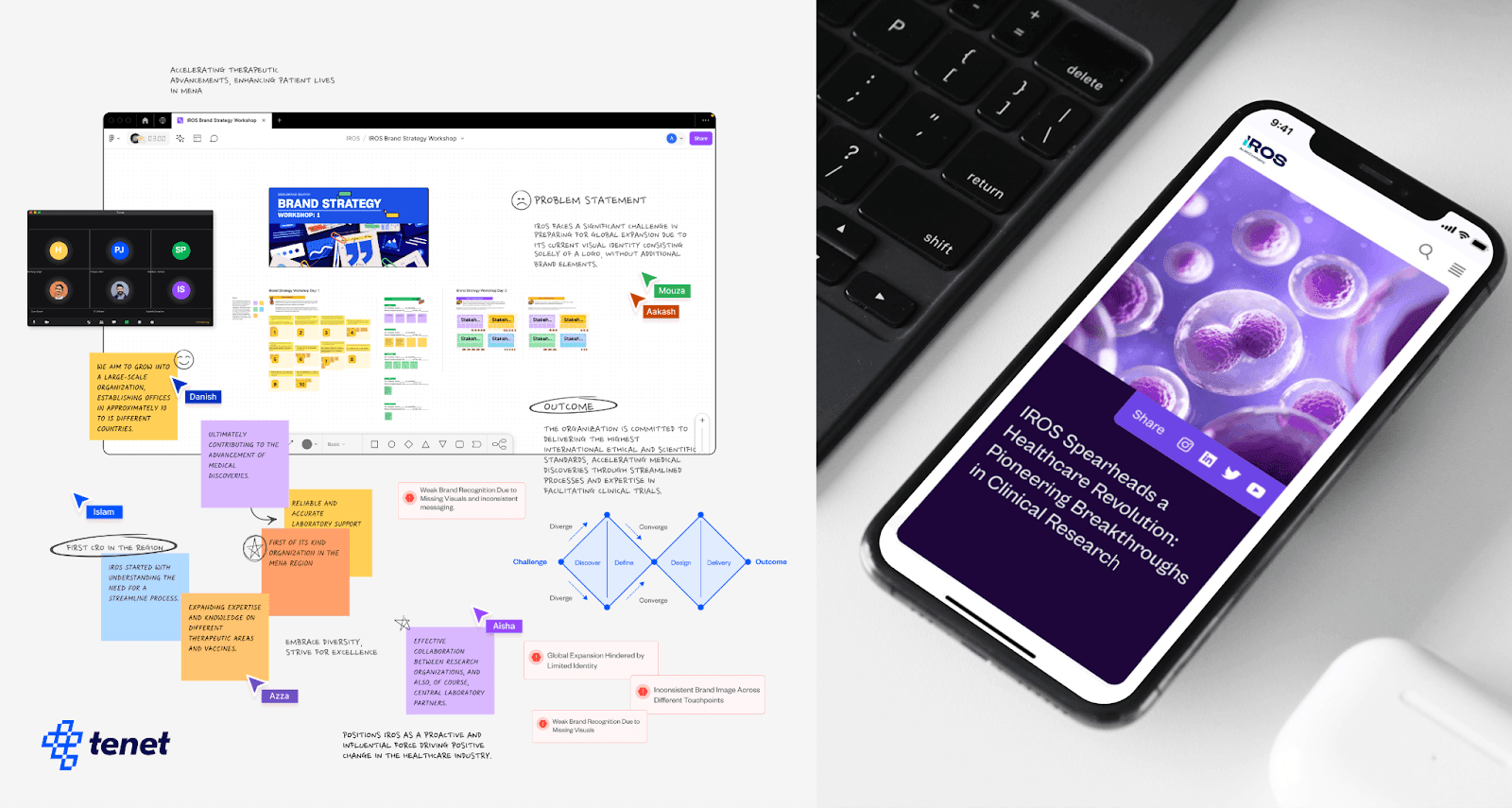
From initial research to final execution, we offer comprehensive design solutions tailored to your needs. Partner with us to turn your ideas into reality, engaging user experiences that fuel growth.
So, do you have any ideas for help with UI/UX design? If so, talk to us, and let's bring your idea to life.
Expertise Delivered Straight to Your Inbox
Expertise Delivered Straight to Your Inbox

Got an idea on your mind?
We’d love to hear about your brand, your visions, current challenges, even if you’re not sure what your next step is.
Let’s talk
